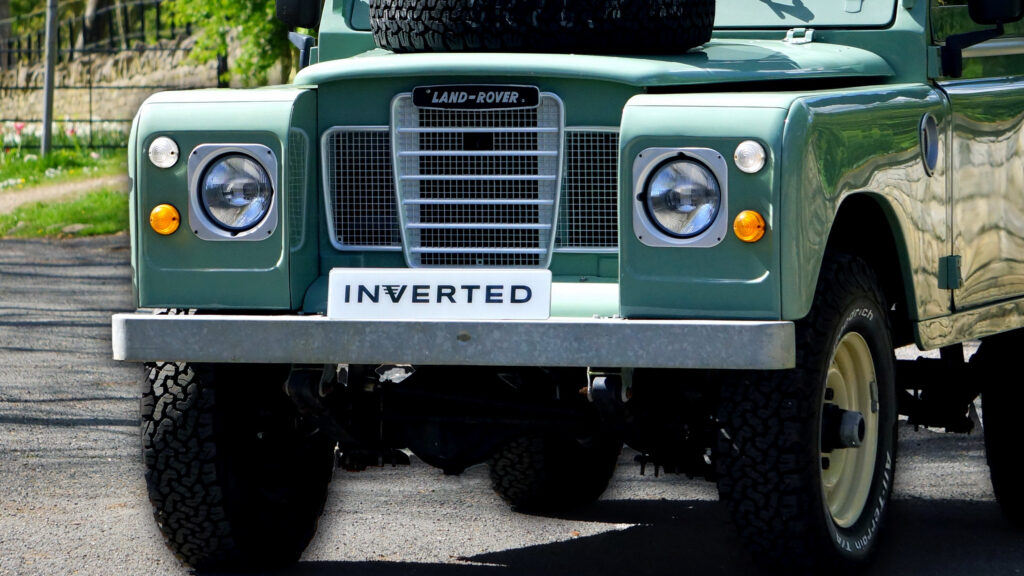This Mazda RX-7 Is So Quiet It’s Causing An Uproar

- This 1993 Mazda RX-7 packs a silent secret beneath its stunning Montego Blue paint.
- The RX-7 now features a modern drivetrain, again powering only the rear wheels.
- Despite the drivetrain swap, this sports car likely weighs less than its original form.
The FD-generation of the Mazda RX-7 is often hailed as one of the most stunning Japanese sports cars of the 1990s, and even today, it still turns heads. Decades after its release, it still looks the part, and well-loved examples can fetch more than MSRP at auction. But this one, listed over on Cars & Bids, offers something a little different.
Also: This Is One Twisted Creation You Have To See To Believe
Under its fetching curves and Montego Blue paint lies a Tesla drivetrain. It makes 362 horsepower (269 kW) and 325 lb-ft (440 Nm) of torque. That’s good enough to keep up with or even beat its original form. The best part though is that it weighs less than it did when it had a rotary engine.
That last point might sound strange. Most EVs are very heavy, and even electromods can end up with weighty battery packs and questionable balance. Not this one, though. It’s been carefully built around a 42 kWh water-cooled lithium-ion pack. Upgraded Ground Control coilovers and Eibach springs help the Mazda handle as it should, too.
Finally, No More Pretending to Love Oil Changes
Of course, with a project of this sort, range is the big tradeoff. This RX-7 features just 120 miles (just shy of 200 km) of range, if you’re careful, so don’t expect to take it on a grand tour. That said, it’ll go long enough to enjoy some serious canyon carving, a cars and coffee meetup, or an everyday work commute in silence. It’s hard to argue with the convenience factor, too. Forget oil changes. No need to worry about Apex seals either. No compression tests are in its future. Unplug and go. That’s this car’s motto.
Even the details appear dialed in. The builder kept the pop-up headlights, added in a rotary-style shifter, and Speedhut gauges. That includes a fuel-level gauge repurposed to show battery charge. A Tesla accelerator pedal sits on a custom-printed bracket. The car even features an updated sound system from Alpine. That all said, it’s not perfect.
It needs work to get the air conditioning running, some of the seats need work, and the body and cabin sport the kind of wear you’d expect in a car from 1993. In the end, though, it’s possible that this is a faster, more reliable RX-7 than it was originally. For many gearheads, that’s a trade-off worth making. It might not drink fuel anymore, but it’ll still burn rubber.
If you’re intrigued by the idea of an electric RX-7 and think you’re up for owning something that blends ’90s nostalgia with a modern twist, check out the listing here and place your bid.

